A Japanese farming community of 70,000 torn apart by the earthquake and tsunami, on the edge of the Fukushima Dai–ichi nuclear exclusion zone, is finding a way to move forward through video games.
Minami–soma City neighbors the ocean and the Fukushima nuclear plant. A year ago, the tsunami dragged approximately 10% of its homes into the ocean. Some died and many more fled. The community shrank to 10,000 residents.
When explosions happened at three Fukushima reactors, after the March 11, 2011 Tohoku earthquake and tsunami, the Japanese government advised Minami–soma residents to stay indoors.
Grocery stores emptied, communication lines fell apart and emergency workers couldn’t respond fast enough. On March 24, the Mayor of Minami–soma Katsunobu Sakurai posted a YouTube calling for help.
According to Kensuke Tadano, Minami–soma city councillor, no one died of starvation, but some died from stress and exhaustion.
I recently met Tadano via Skype.
Back in Vancouver, a few months prior, at a Transmedia Meetup, Ryan Arndt of CertainlySocial offered to connect me with game developers in Japan, who he knew through his community development work with the International Game Developers Association (IGDA).
“They held a game jam in Minami–soma, Fukushima Prefecture,” he told me. I learned a game jam is a live gathering of game developers. They form ad hoc teams on the spot and each team conceptualizes and creates a video game by the end of a sleepless 24–48 hour marathon.
I was moved to hear about the August 2011 Fukushima Game Jam (FGJ), so soon after the disaster; and I was curious how it all worked and what kind of effect it had.
The response to my email was immediate and I began corresponding with a group of Japanese game developers. I watched the videos they sent me and read their academic paper. Ultimately, we set up a Skype call between Councillor Tadano, in Minami–soma and Kenneth Chan, FGJ broadcast co–ordinator and host, in Tokyo. Chan translated the conversation between Tadano and I, plus shared his experiences of the FGJ.
Tadano described how, at first, the rebuilding efforts in Minami–soma progressed quickly, with visible changes every day. But after a few months, progress slowed. The government seems to be undecided about what to do with the toxic waste — which, Scientific American reports is less nuclear and more general poisonous substances of contemporary society the earthquake released.
I asked about daily life in Minami–soma now. Tadano told me, in a sense, things are back to normal. The stores have food and the population is almost back to where it was before March 11.
[UPDATE: March 20, 2012 – For another view of the recovery my in-depth look at Fukushima, nuclear energy and climate change, Vancouver Observer.]
There is a semblance of daily routine. But, he said, “there are still people living in shelters or with friends or family… Houses were washed away… people have come back, but their farmland was washed away. Mentally we’re still not healed. The whole community was torn apart… and that’s the hardest thing for us to get over.”
Tadano realized people in Minami–soma and in the affected areas were getting over their initial shock and needed hope for the future. They were ready to begin to create a vision for recovery. “But we also need help to manifest our vision,” he said.
The game development community, including some of the top game designers in Japan, wanted to help in the disaster recovery.
The then chair of Japan IGDA, “Kiyoshi Shin led the FGJ effort with vision and passion,” wrote his successor Kenji Ono, to me in an email.
When Shin contacted Tadano, whose background is in network programming, Tadano grabbed onto the idea of the FGJ. He acted as a local voice in the city, found the location and organized all the necessary permissions. They often worked late at night to complete the arrangements. “Tadano would chime in around 1:00 am,” Chan told me.
“By mid–June, emails were flying — maybe 200 emails a day,” said Chan.
Now that we were talking about the FGJ, the somber undertones in our Skype conversation vanished. Chan and Tadano’s voices were animated and bright.
“It was a logistical nightmare,” shared Chan, as he listed the multitude of arrangements their community had to finalize in less than six weeks. RAT Corporation Ltd., donated the temporary high–speed internet connection and installation at the community hall in Minami–soma where the FGJ took place.
The developers scrounged for beefed up computers for the developers, chartered buses and thought about special insurance for participants travelling to Minami–soma.
They promoted on the IGDA website and tweeted #FGJ. Some of the responding tweets were dubious, “Are you serious? Those guys were hit by the earthquake!” But, Chan told me, after the FGJ he received positive acknowledgements, even from the doubters.
Still, Chan admitted, it was hard to gather participants from the Fukushima area. A game jam was the last thing on their mind. Also, he said, “a lot of people wanted to join [in Minami–soma] but, their relatives may have stopped them [from travelling there], so we set up satellite sites in Tokyo and Kyushu.” In a strong show of support, roughly thirty did travel from Tokyo for the FGJ in Minami–soma.
Chan had been part of a group, along with Kiyoshi Shin, who had pioneered TV broadcast–style coverage of the January 2011 Global Game Jam events in Tokyo. Teams in 44 countries joined last year’s Global Game Jam to create over 1,500 games in 48 hours. The IGDA community loved the Japanese coverage.
Led by Shin, the Japanese game developers decided to offer the same high–quality coverage for the FGJ. VCL, a video company, brought a full broadcast studio’s worth of equipment to Fukushima. Highly trained students from BaNyaK manned the cameras, lights and mixers.
Shinji Yamane, game blogger, sent me his academic paper about the Fukushima Game Jam, describing how they embedded the social context of recovery into the game jam. Tsunagari (relation, connection) was the theme of FGJ and all the jammers had to incorporate tsunagari into their games.
The gamers connected with the local community in real time as well, inviting local school children to the FGJ.
On August 26, 2011, approximately 50 game jammers, from Tokyo and the local area convened for the 48–hour jam and bus tour of Minami–soma area to see the earthquake and tsunami damage.
The children, as young as four or five years old, up to high school age, drew avatars for the gamers, at tables in a foyer area. “We uploaded the kids’ drawings,” said Chan, “and professional graphic artists in Tokyo rendered them to use in the games.”
Spontaneously, some of the kids went into the developers’ area, where each team gathered around one computer. A child would give advice, “why don’t you put this in?” or, “that looks stupid!”
“Ok, that’s great, let’s try that,” was a typical response from the programmers.
Chan spoke with some of the parents afterwards. “The kids had nothing to do, school was suspended, nowhere to go, … life was bland. It was one of the rare events that actually happened. They were very thankful.”
Tadano agreed, “I was really glad the kids could join in … Because of the earthquake, having their homes washed away, … back to square one… even our children were forced to realize the harsh reality — life isn’t necessarily fair.” It meant a lot to Tadano and the kids, to “realize people out there were looking out for us, thinking about us.”
And there’s more. Tadano described a potential community–wide renewal sparked by FGJ. “The majority of jobs have been in farming… If you wanted to do something bigger, you might have to leave the city.”
Corporations have taken notice and Tadano is delighted to have interest from the content-generation industry and the IT industry. SoftBank Mobile Corp., one of the largest mobile carriers in Japan has already set up an iPad–based learning centre and they’re planning to open a branch in Minami–soma.
A second FGJ is in the works for August 2012. Tadano plans to make it a mini–conference for all the stakeholders interested in developing the IT industry, content-creation and education platforms within Minami–soma. UPDATE: English version of FGJ 2012 details announced here.



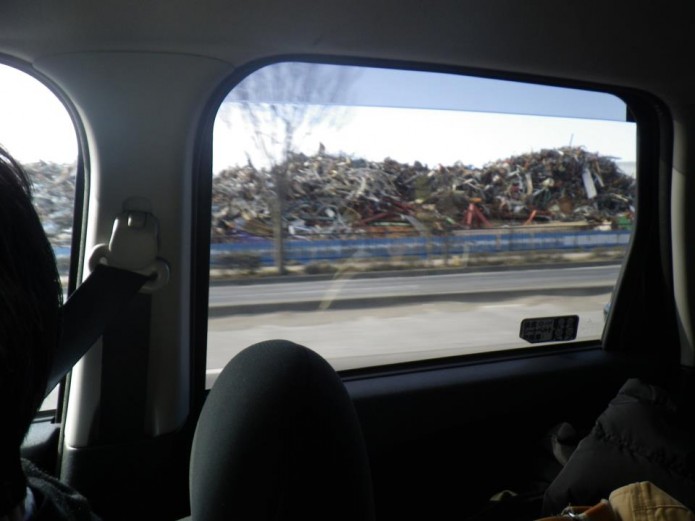

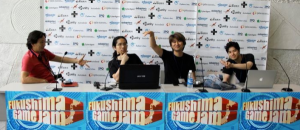
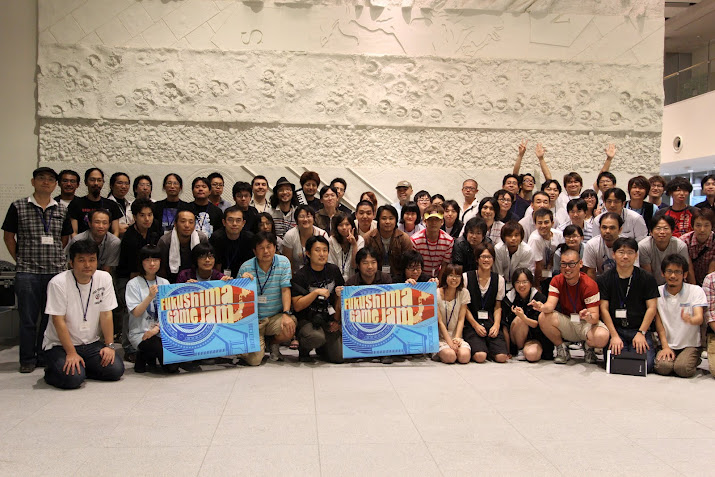
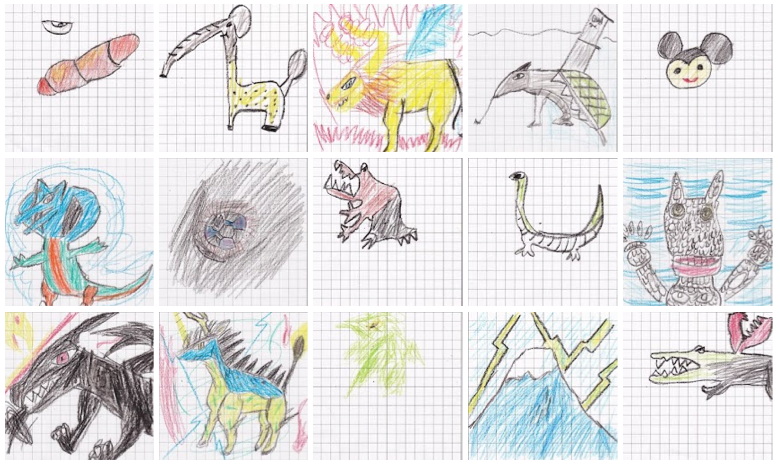
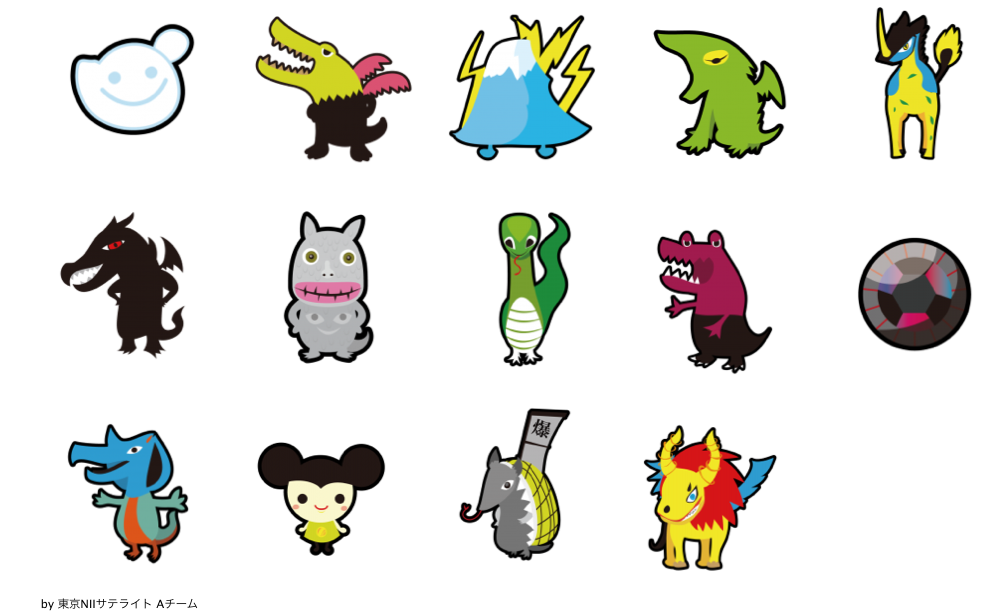
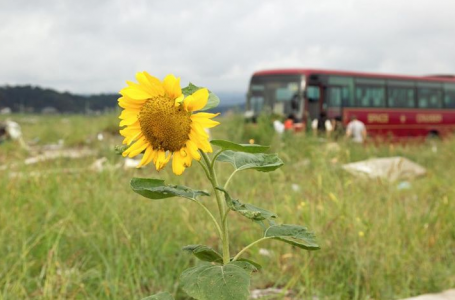
 Twitter
Twitter
Pingback: Fukushima GameJam 2011 review: 福島ゲームジャム2011をふりかえる | 福島GameJam in 南相馬 2012